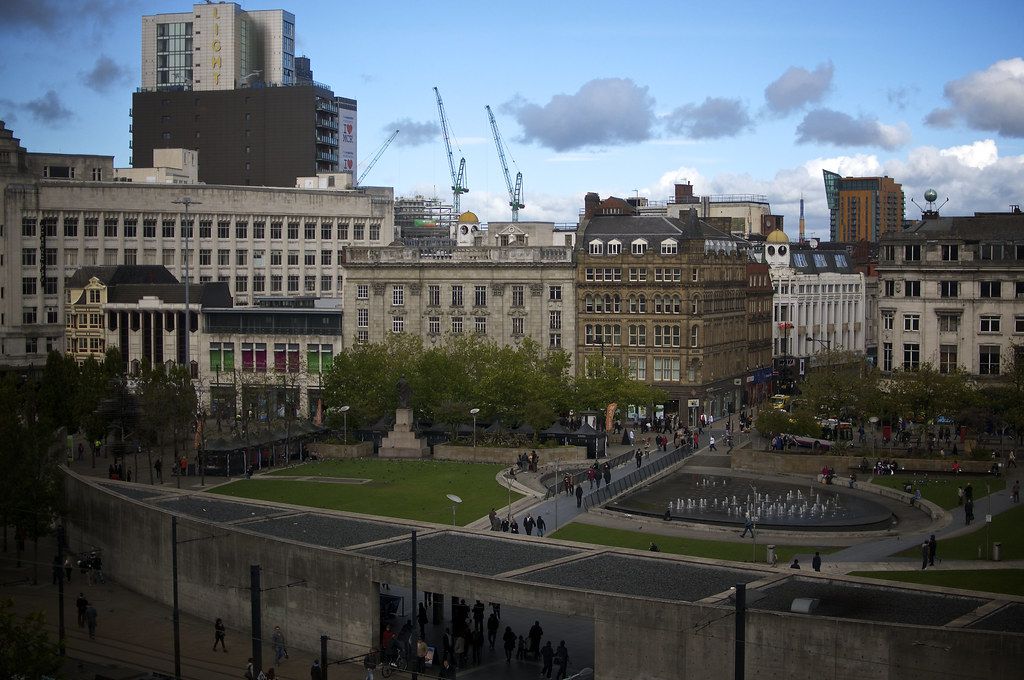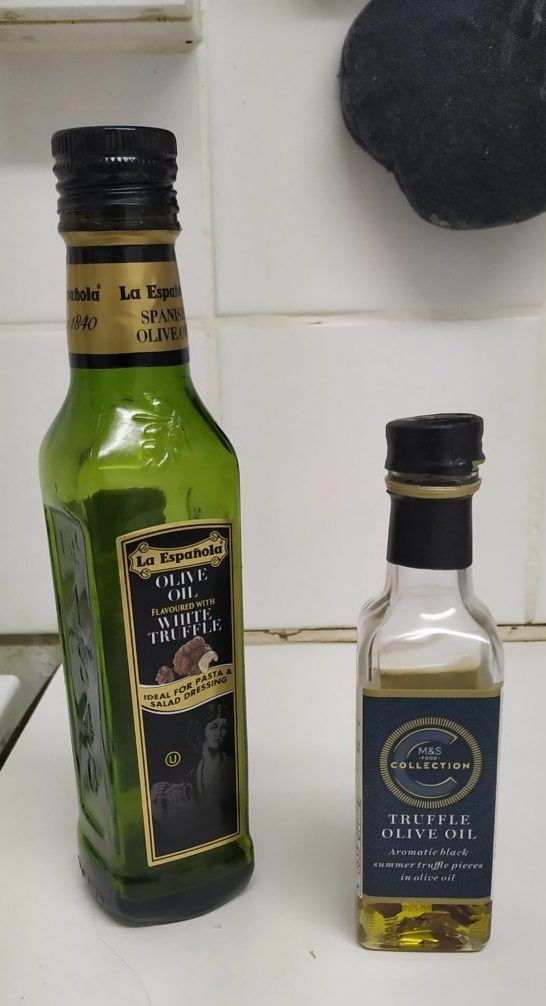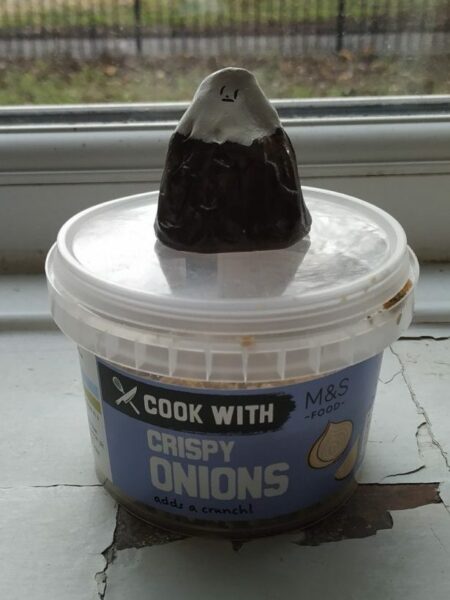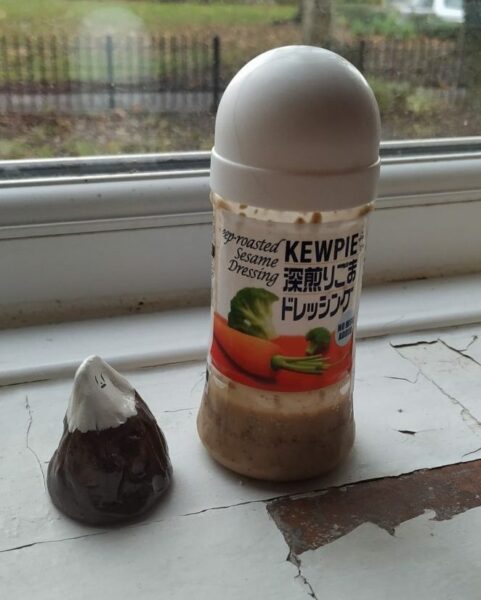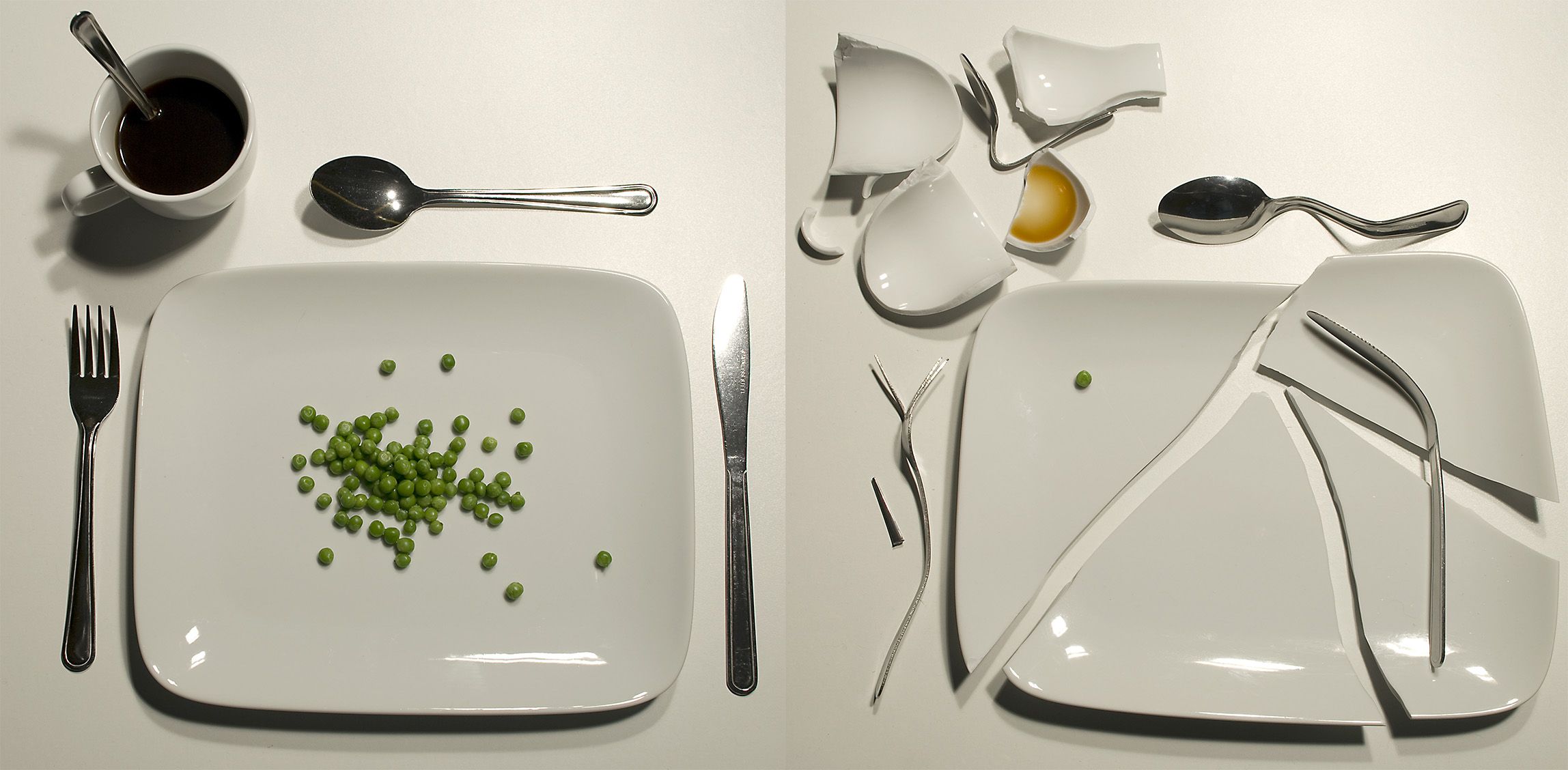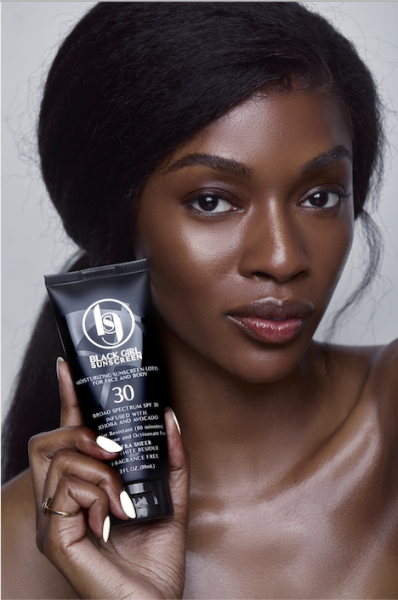What does the fall of the Piccadilly Gardens ‘Berlin Wall’ reveal about us?
After almost 30 years, plans have finally been put in place to demolish the ‘Berlin Wall’ artwork in Manchester’s Piccadilly Gardens. The brutalist art piece, the only one of Japanese architect Tadao Ando’s in the UK, has divided both the Gardens and public opinion since it’s installation in 1996.
Many criticise the wall as an unpleasant infringement on the aesthetics of the city centre. But others, mostly Japanese architecture fanatics (and let’s face it, it is mainly us University students who would deign to engage in such a niche) revere its minimalism and signature in the city.
Those that consider it to be a blemish on their beloved city, have suggested that it supposedly ‘provided too much camouflage for drug dealers lurking in the shadows’. I would question which drug dealers these critics are referring to, given that I don’t think I’ve ever seen anyone, drug dealer or otherwise, walking around looking like grey cement.
Are hoards of criminals evading arrest by pressing themselves up against the ‘Berlin Wall’ like chameleon Randall Boggs in Monsters Inc? As far as hiding places go, if a child can master peek-a-boo, then surely a policeman would think of looking on the other side of a wall.
Perhaps, the people blinded by ‘camouflage’ of the wall are also unable to see another far more valid function the wall serves – namely that many homeless people use the wall for shelter against the relentless rain and unpleasant weather here in this grey Northern city. Although such critics may obtusely see drug dealers and homeless people as one and the same…
While I understand that many think art should be aesthetically pleasing, or at the very least interesting, people easily forget that art can also be useful, or even re-purposed to become functional. Surely a resident of a city whose symbol is literally a worker-bee would understand the importance of practicality.
Does it not then show a higher level of historical and cultural awareness as well as a greater sense of inclusivity within Manchester, to re-purpose art as a means of shelter? In fact, why can’t it be both? If the council is so desperate to spend money on something, why not on actual shelter and support for homeless people?
Certainly it might restore some credibility to the city after it transformed homeless community known as the ‘Arc’ into the bougie, overpriced and over-gentrified ‘Hatch’ box-park, where a gin and tonic is the same price as a night in a hostel.
That being said, I think Manchester, despite its undeniably high levels of homelessness, is aware of its problem and is trying to find solutions and minimise hostility towards homelessness. Simply look to the council’s and public’s coordinated efforts to combat ‘anti-homeless spikes’ put outside of private, Grade 11 listed Pall Mall Court in Marsden Street by covering the area with pillows and cushions.
Of course, we’d ideally be placing those pillows and cushions in indoor, heated accommodation for people, alongside regular hot meals and washing facilities, but the heart of the Manchester public is seemingly in the right place.
Through the wall’s demolition, many are hoping for a sort of restoration to the ‘1950s splendour’ of the gardens in the days of yore. Certainly there is no denying that the former Piccadilly Gardens did possess a certain idyllic beauty.
However, in illustrations from that period, what is most apparent to me is what the city lacks, rather than what’s depicted. For example I see no trams, I see no buskers and I definitely see no homeless people. Such illustrations are not contemporary nor accurate representations of the city, so they should not be used as models of a functional modern urban space.
I’m not sure what the demolishers are trying to achieve exactly. Even with the destruction and removal of the offending wall, I don’t see Manchester’s city centre ever being anywhere near the sort of aesthetic of 18th and 19th century London’s ‘Pleasure Gardens’, such as Vauxhall or Ranelagh. Which themselves were symbols of the ‘urban middle class’ and elite society.
To me, the idea that eradicating a large block of cement will somehow transform Piccadilly Gardens into a moral utopia is painfully middle class. It’s as if, piece by piece, the so-called corruptive underclasses will be removed with it.
This fixation with the ‘Pleasure Gardens’ seems to forget that these spaces were themselves havens for male sexual predators of the upper classes, who would take young victims into secluded corners between impeccably pruned hedgerows, and have their way with them.
In Vauxhall particularly, according to the Museum of London, ‘the well-dressed prostitute was associated with the garden to the extent that London printshops sold images with titles like ‘The Vauxhall Demi-Rep’, showing beguiling ladies in expensive but revealing clothing’.
The decision to demolish the wall has taken some time, with Manchester council suggesting earlier this year that a cheaper alternative could be to ‘disguise it with greenery’.
Maybe I’m just being overly scrupulous, but this does seem a little inappropriate. Last time I checked, the Piccadilly Gardens wall’s inspiration in Berlin wasn’t adorned with ivy trellises and artistic flower arrangements. But you know what they say, nothing screams long-lasting political conflict like decorative botany.
As we all know, the only thing worse than the middle-aged middle class is our generation of hipster middle class students, with our obsession for plant aesthetics and creative Instagram backgrounds. Frankly, I’m surprised Ando’s structure hasn’t yet been taken over and transformed into an overpriced coffee hot spot!
In another example of a middle-class framework this year, the Manchester Opera House have promised free tickets to NHS staff for the opening night of the Christmas pantomime, ‘Sleeping Beauty’. I understand what they’re trying to do, and it is a lovely festive gesture. Christmas being for many people the last shred of joy they’re clinging on to.
But the last thing NHS staff need right now is to see a depiction of several instances of health and safety breaches in one performance. As if the anxiety induced from leaving a spinning wheel dangerously lying around wasn’t bad enough, the distress of a minor bleed resulting in a 100 year coma is sure to send their poor, overworked nerves over the edge.
I am by no means in any serious terms condemning the Christmas pantomime gesture. God knows we need something to lighten us up this year. However, it seems to be yet another example of the middle class’s ignorant prioritisation of leisure over the practical needs of the working class.
Just like the question of Piccadilly Garden’s renovation ignores the social consequences of removing an unappealing yet functional monolith, giving free tickets to nurses is a gloss over more pressing issues. In both examples, leisure and aesthetic is prioritised above necessities like funds, food and mental health support.
Of course it’s important to enjoy time with your friends and family in order to destress and relax, especially around Christmas time. All I’m saying is, when I’ve ever had a down day, not once has the idea of sitting in a dark theatre and shouting ‘He’s behind you’ at oddly dressed strangers imbued me with an immediate sense of joy.
Much like the nationwide clap for the NHS earlier this year – which was really just an excuse to have a nosy at your neighbours to make sure Barbara-down-the-road’s old ticker was still going, some nice flowerbeds aren’t going to magically fix our city’s socio-economic issues.
